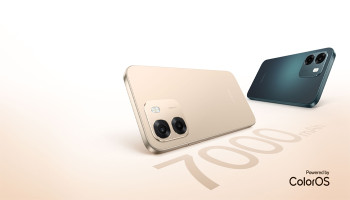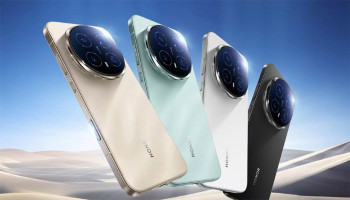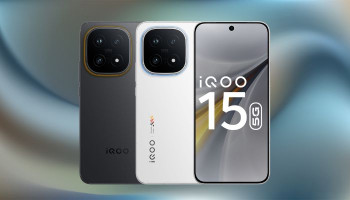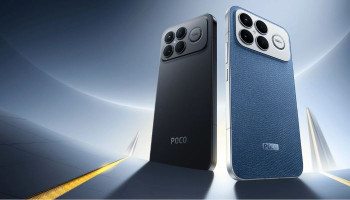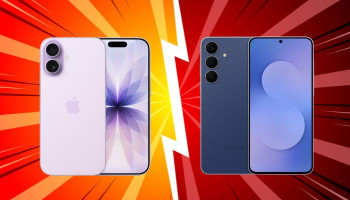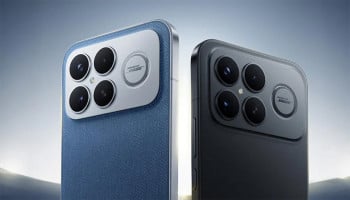
An undated image of a person holding Moto X70 Air. — Lenovo
While Apple's iPhone Air caught nearly everyone by surprise owing to its ultra-slim profile, Motorola seems to have dropped the Moto X70 Air, which is seen to be closely rivalling Apple's slimmest iPhone ever.
Motorola's ultra-slim take, Moto X70 Air, is a sleek and lightweight device that measures under 6mm 0thick and weighs 159 grams. This incredibly compact form factor makes it directly compete with other slim devices like the Samsung Galaxy S25 Edge and Infinix Hot 60 Pro+.
Here's how Moto X70 Air is better than iPhone Air
Another area where the Moto X70 Air stands out is its feature richness, which truly makes it an appealing alternative to the iPhone Air.
In the camera department, it features a 50MP main camera, a 50MP ultra-wide camera, and a high-resolution 50MP front camera, making up a camera setup that effortlessly outpaces that of the iPhone Air.
Moto X70 Air specs
Apart from its ultra-thin profile, the Moto X70 Air comes with a vapour chamber, a larger 4,800mAh battery, and more advanced camera capabilities than the iPhone Air.
Capable of reaching 4,500 nits of peak brightness, the latest Moto smartphone comes with a charming 6.7-inch OLED display complemented by a 1220p+ resolution and a 120Hz refresh rate.
These display details make it one of the brightest screens in its class. The phone features an under-display fingerprint sensor for additional security.
The handset is also a pioneer at the durability front, as Motorola has reinforced the X70 Air’s metal frame to make it drop-resistant, while also offering IP68 and IP69 water and dust resistance.
The mobile phone is powered by the Snapdragon 7 Gen 4 chipset and up to 12GB of RAM, delivering excellent performance, with storage options of 256GB and 512GB (UFS 3.1).






